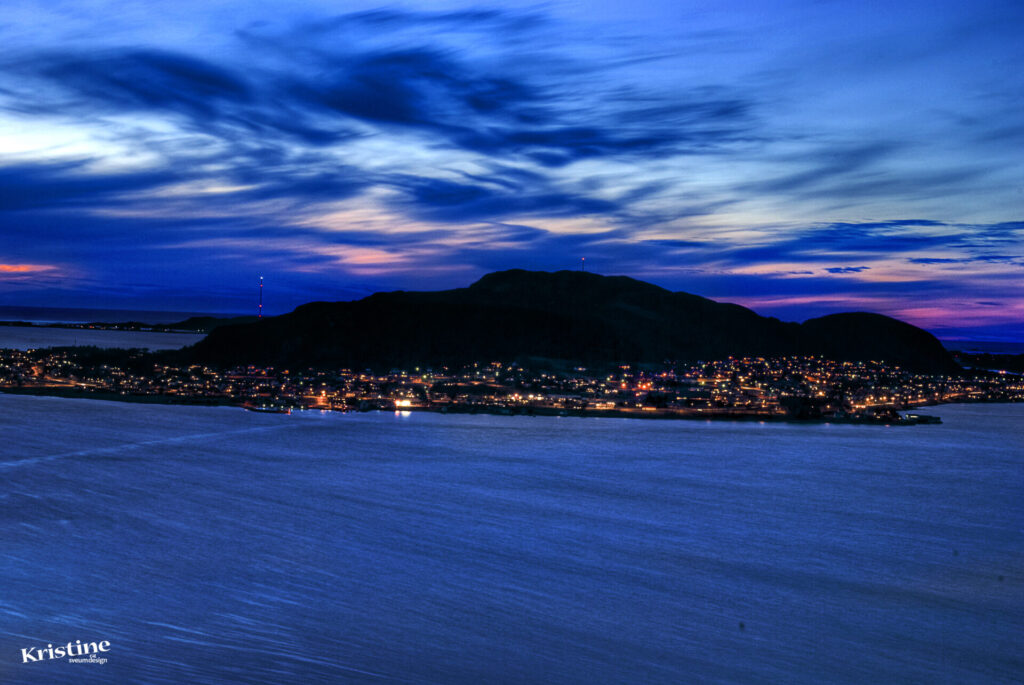If you’ve taken a landscape photo, you often have to choose between details in the landscape or the sky. Either the sky is too bright or the landscape is too dark. By combining several images with different exposures, you get an explosion of colors. HDR stands for High Dynamic Range, and it’s the colors we’re talking about. By using HDR and the “Tone mapping” filter, you can bring out details in both the light and dark parts of an image. In addition, there is extensive use of various image processing functions in Photoshop. See different results in the image gallery. In practice, HDR often involves taking multiple images of the same subject with different exposures (some darker, some lighter) and then combining these images in post-processing. The result is an image that preserves detail in both the brightest and darkest areas, giving a more realistic and vibrant look. HDR is often used in landscape photography, architecture and high contrast situations, such as when the sun is shining through trees or when shooting indoors with bright sunlight outside. In this example, the image is composed of two different shots. One is underexposed and the other is overexposed. Perhaps you’re thinking of using images created by AI/AI instead. There are both advantages and disadvantages to images created with artificial intelligence.

Truck decor for Facade Products
New decor on the truck is finished! You can see it driving back and forth between Molde and Oslo every week. Fun to keep up





